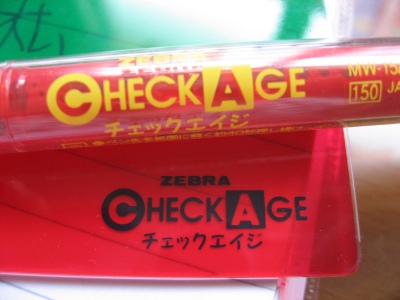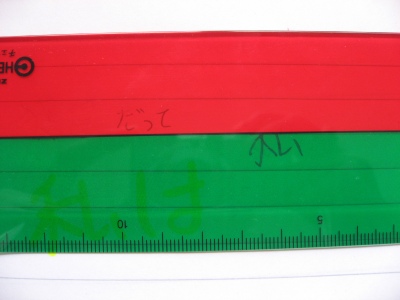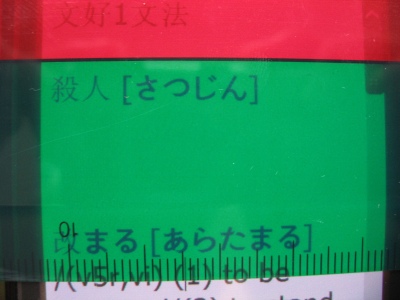Not exactly the most confident I’ll be able to pass the exam this year for N2.
But with that sentence grammar, I think I may be getting in the zone.
Here are a few tips I’ve come across with that might ease those butterflies in your tummy and make the most out of the time you have left to cram. (^_^)’
1. Make the most out of your cram time by
finishing up that Kanzen Master Bunpou Mondai Taisaku book
(green grammar book of the Kanzen Master series).
For you guys that have this book, been browsing lazily through this book over the year, and forgot where you placed this book, it’s time to get to finding it – and finishing it.
Don’t just rush through it. If you haven’t studied words or kanji, looking up unknown words and kanji in the sample sentences is a great tip to cover a lot of ground you’ve been putting off until 2 months before the exam date. Trying to cram kanji and words out of context right now is NOT going to help. Unless you SRS everyday like a whole lot of words. Maybe.
A friend of mine passed JLPT Level 2 back then using this method. I’m not saying it will work for you. But believe me, I just finished it the other day and yesterday we had a mock exam on bunpou (grammar), I can say a lot that came out of that N2 reviewer, were the end parts. A lot of the grammar from the end of the book.
Focus now. If there’s one book to finish, this is it. Or that other book where you can incorporate kanji, words, and grammar (even reading) in one sitting.
2. Time yourself
when taking that reading mock exam.
I’ve found by timing myself that it is simply impossible to read through all the articles in the reading section of the test in the mock exam.
On the other hand, I’ve found that :
a. I applied the following tip found in this interesting JLPT Boot Camp read, I can finish short and medium reading comprehension and get the answer right most of the time.
(1) get topic
(2) read question
(3) read through (skim actually) with comprehension
(4) answer the question
(5) (I just added this) never mind if you don’t know the yomikata of a compound kanji word; you can figure out what it means by piecing 2 and 2 together from the two kanji and the context
(5 biggest mistakes people make on the JLPT – is an ebook you can download in http://www.jlptbootcamp.com/)b. For longer reading comprehension, understand a few things:
(1) The answer is before or after the underlined word (or word in question)
(2) If the sentences before that are fuzzy, back track or read ahead a bit.
(3) Time yourself. If it takes too long, leave it.
(4) Look for hints in the connecting words like sorekara (それから), sorede (それで), and all those like it.
3. Answer mock exams
– especially the reviewers for the new N series. (^_^) Sounds a bit like a cellphone model.
Don't get caught unawares!
Anyways, the last thing you want is to be caught off gaurd with new types of questions in the actual test date. If you don’t need to read the instructions because you already know what test it is, that is some (and in here I mean ずいぶん) addition in your precious test taking time.
There’s a lot more I can think of. But really, you shouldn’t be spending too much time reading blogs like this. ^_^) And for me, writing blogs like this. We all want to pass the test but we’ve really got to focus from now on as much as we can. Break a leg!
God speed in the test!
がんばりましょう!
Ganbarimashou!
p.s. I'm taking the N2 this year (sorry if the examples are for N2, I hope you find them helpful even for lower levels)








